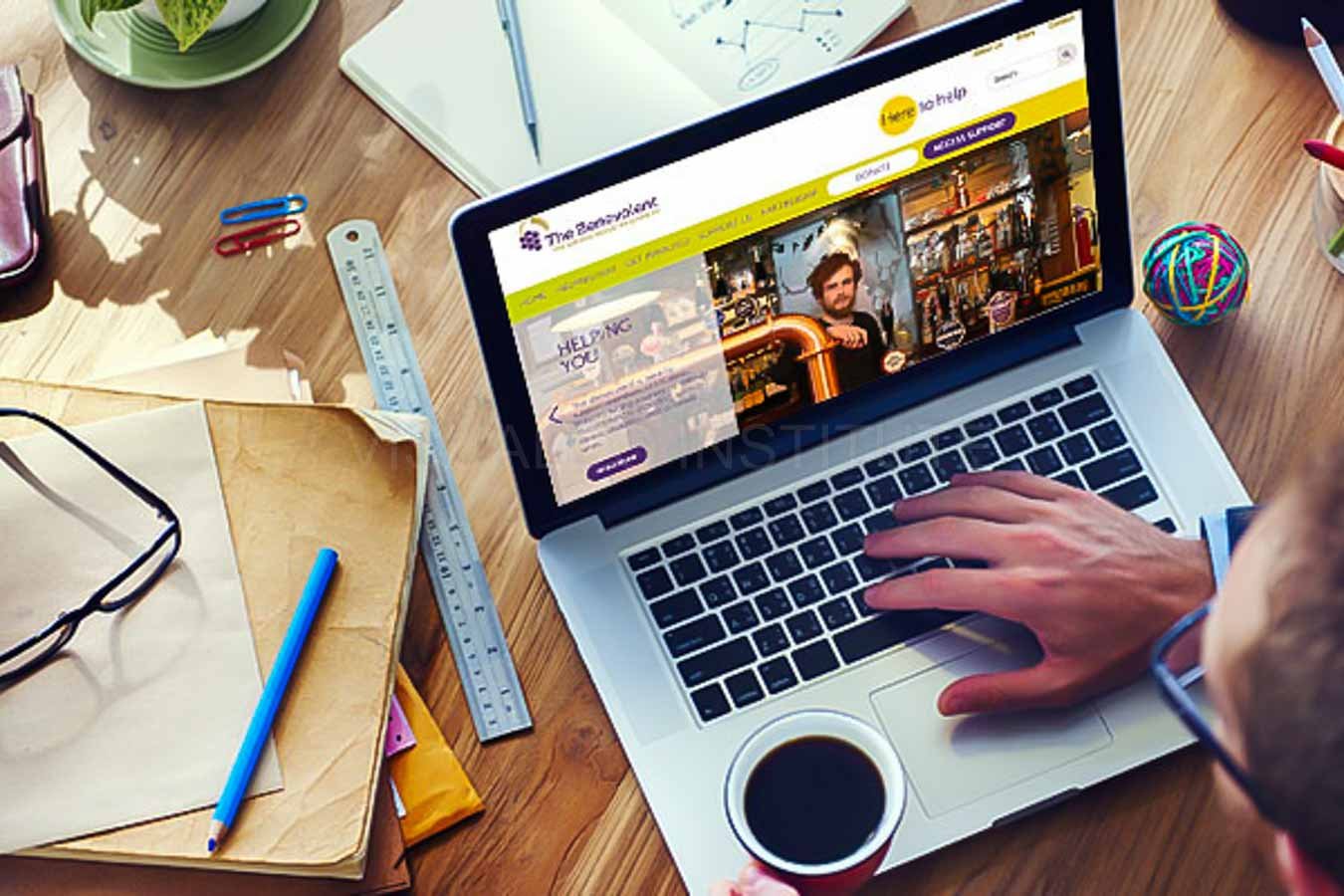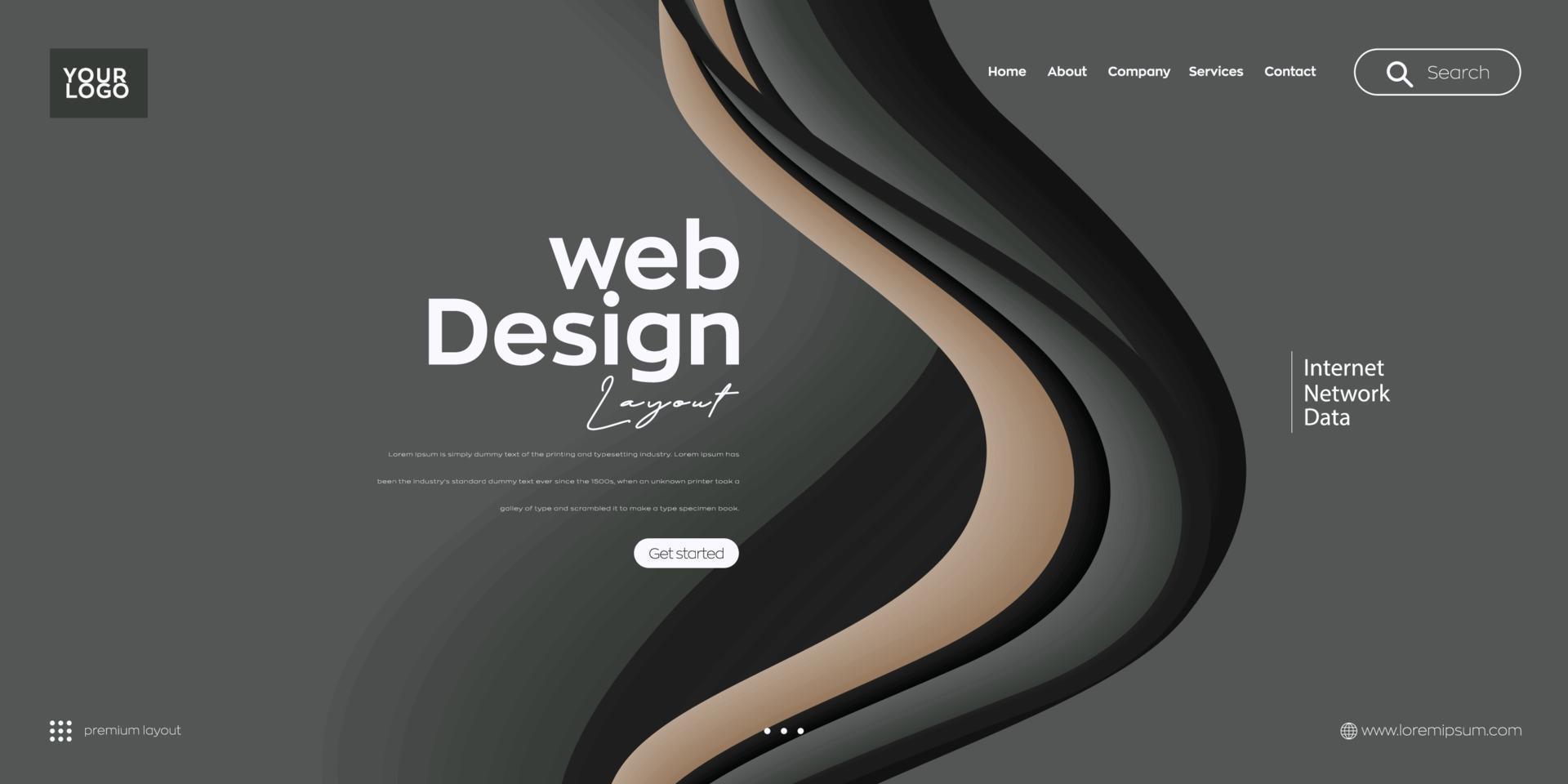The Most Effective Sorts Of Website Design to Enhance Customer Experience and Involvement
In the ever-evolving landscape of digital interaction, the efficiency of Web style substantially influences customer experience and involvement. Numerous layout strategies, such as minimal, receptive, and interactive formats, each offer unique advantages that can provide to varied customer demands.
Minimal Website Design
As digital landscapes end up being significantly chaotic, minimal website design has actually emerged as an effective method to improving user experience. This layout ideology focuses on simpleness, concentrating on important components while removing unneeded interruptions. By making use of adequate white room, straightforward navigating, and a restricted shade palette, minimalist design cultivates clearness and guides user attention to essential web content.
The core principle of minimalist website design is to develop a smooth communication for users. By minimizing cognitive load, individuals can quickly comprehend details without really feeling overwhelmed. This straight method not just improves functionality however additionally motivates engagement, as site visitors are most likely to explore a site that is visually enticing and simple to navigate.
In addition, minimalist layout often highlights typography and imagery, utilizing these aspects strategically to convey messages successfully. This concentrate on vital elements can enhance brand identification and develop an unforgettable individual experience. Essentially, minimal website design is not just a fad; it is a thoughtful method that recognizes the relevance of user-centered layout. By removing extraneous components, designers can create an extra interesting, reliable, and delightful Web experience for all customers.
Receptive Web Style
In today's diverse digital environment, receptive website design has become important for developing a smooth individual experience throughout a multitude of gadgets. As individuals accessibility internet sites on mobile phones, desktop computers, tablets, and laptop computers, the capability of a site to adjust its layout and material to different screen sizes and resolutions is crucial.
Receptive Web design uses flexible grids, photos, and CSS media queries to make certain that Web content exists ideally, no matter of the tool used. This approach not just enhances the visual appeal of an internet site but likewise considerably improves usability. Customers are most likely to involve with a site that provides a regular experience, as it eliminates the irritation of having to zoom in or scroll exceedingly.
By embracing receptive design, services can boost their visibility and reach a broader target market. In summary, responsive Web layout is a fundamental practice that enhances individual experience, engagement, and general satisfaction.
Interactive Web Design
Receptive website design prepares for enhancing individual experience, but interactive Web layout takes this an action additionally by involving individuals in a much more vibrant way - Aligned Position Web Design. By including components such as computer animations, clickable prototypes, and real-time feedback, interactive website design astounds individuals, drawing them into a richer browsing experience
This technique not just fosters engagement yet also motivates customers to check out check this site out material actively rather than passively eating it. Strategies such as gamification, where customers gain incentives for finishing jobs, can considerably improve the time spent on a site and boost general satisfaction. Interactive attributes can streamline complex info, making it extra digestible and enjoyable.

Including interactive style elements can also great site bring about greater conversion prices, as individuals are most likely to engage with a website that actively entails them. Aligned Position Web Design. Eventually, interactive website design changes individual experiences right into unforgettable journeys, making certain that site visitors return time after time
Flat Design
Defined by its minimalistic strategy, flat style highlights simpleness and functionality, removing unneeded elements and concentrating on crucial functions. This layout ideology prioritizes use, ensuring that users can browse interfaces with ease and effectiveness. By employing a tidy visual, level design eliminates the mess frequently found in a lot more ornate styles, therefore improving user emphasis on material and capability.
The trademark of flat design exists in its usage of bold shades, simple typography, and geometric shapes. These components contribute to an aesthetically enticing interface that is both friendly and contemporary. Additionally, level style promotes a feeling of clearness, enabling individuals to recognize crucial activities and info without distraction.
Additionally, level layout is particularly reliable in receptive website design, as its simpleness converts well across numerous tools and display sizes. The lack of elaborate structures and gradients minimizes loading times, which is important for keeping individual interaction. As electronic landscapes proceed to progress, level design stays a pertinent option for developing user-friendly websites that improve overall experience. By concentrating on essential functions, level style not just fulfills customer demands however likewise encourages seamless interaction, making it an essential component of reliable Web style methods.
Flexible Web Layout
Flexible Web layout customizes the user experience by producing several fixed layouts tailored to different screen sizes and tools. Unlike responsive layout, which fluidly adjusts a single design, flexible style employs unique designs for particular breakpoints, making certain ideal discussion on numerous systems. This strategy allows developers to concentrate on the one-of-a-kind attributes of each device, improving usability by supplying precisely what individuals need based upon their context.
Among the main benefits of adaptive Web design is its ability to enhance load times and efficiency. By serving tailored material and images that fit the user's tool, internet sites article source can reduce data usage and boost loading speeds. This is specifically advantageous for individuals with slower links or limited information plans.

In addition, flexible style assists in an extra regulated and constant branding experience. Given that developers produce numerous designs, they can make sure that the visual components line up with the brand name's identity throughout various systems - Aligned Position Web Design. This results in a natural customer experience, boosting involvement and promoting individual retention
Final Thought
Minimal style promotes clarity and focus, while receptive layout makes certain flexibility across different devices, advertising access. Jointly, these style approaches add to the creation of user-friendly atmospheres that not only improve satisfaction but additionally drive greater conversion rates, underscoring their important value in contemporary Web style techniques.

Minimal layout fosters clarity and focus, while responsive design makes sure versatility throughout numerous tools, advertising access. Jointly, these layout comes close to add to the production of straightforward settings that not just boost contentment yet additionally drive greater conversion prices, emphasizing their essential relevance in modern Web layout approaches.